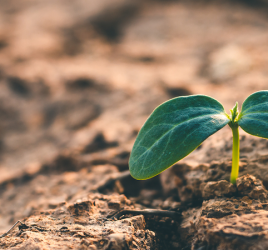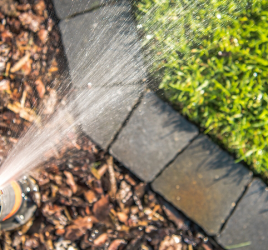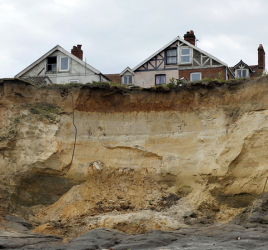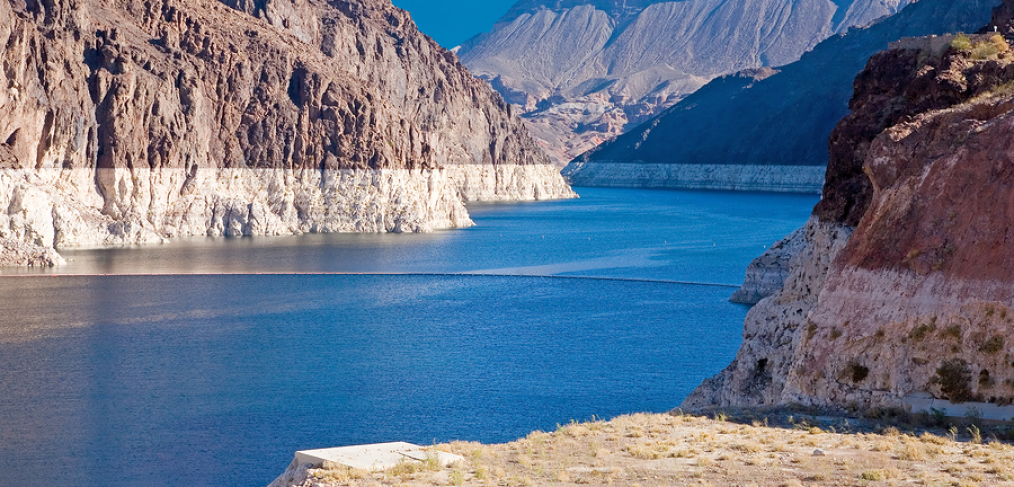
The Water Crisis on Earth: What You Need to Know
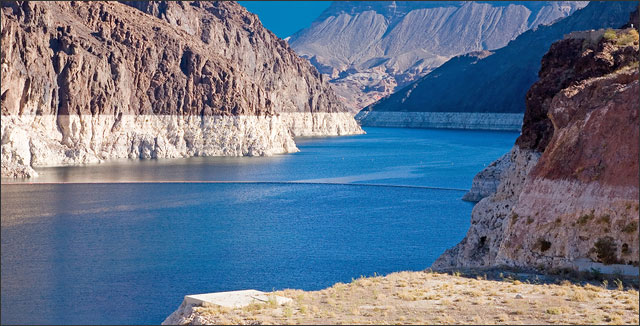
In the film, The Big Short, the all-star cast and quirky storytelling pulled humor and drama to the forefront. This brought clarity from an industry that is otherwise difficult to understand.
In addition, the subject is one we all want to know more about. What on earth caused the catastrophic 2008 recession? Was there anyone who saw it coming?
The film includes Dr. Michael Burry, CEO of the company he founded, Scion Asset Management. Dr. Burry is depicted in the movie as knowing the financial collapse is coming when everyone around him believes otherwise. He was one of the few men who ended up making money on the economic collapse because of this foresight.
However, the thing that stands out in the last frame of the film is, “Michael Burry is focusing all his trading on one commodity: Water.”
Let’s stop for a minute.
The guy who predicted the worst financial meltdown on a global scale since the Great Depression is focused on water. As in, something is about to happen to the water supply.
It turns out Burry is not really predicting anything. In an interview he gave to New York Magazine, he said this:
Fundamentally, I started looking at investments in water about 15 years ago. Fresh, clean water cannot be taken for granted. And it is not — water is political, and litigious.
Transporting water is impractical for both political and physical reasons, so buying up water rights did not make a lot of sense to me, unless I was pursuing a greater fool theory of investment — which was not my intention.
What became clear to me is that food is the way to invest in water. That is, grow food in water-rich areas and transport it for sale in water-poor areas.
This is the method for redistributing water that is least contentious, and ultimately it can be profitable, which will ensure that this redistribution is sustainable. A bottle of wine takes over 400 bottles of water to produce — the water embedded in food is what I found interesting.
Sending a Message
Given that the filmmakers are very aware of the groundwater crisis that is emerging in the western states of the United States, it could be that they are hoping to send a little message to the rest of us.
The Colorado River basin is losing water. There’s a white “bathtub ring” around the rocks of Lake Mead and Lake Powell during this 14-year drought showing how much lower the lakes have gotten over this time. However, it’s nothing compared to the draining of the underground aquifer in the same basin area.
According to Science Magazine, The groundwater losses, which take thousands of years to be recharged naturally, point to the unsustainability of exploding population centers and water-intensive agriculture in the basin. This includes most of Arizona and parts of Colorado, California, Nevada, Utah, New Mexico, and Wyoming. And because the groundwater feeds streams and springs, these will dry up when the groundwater is depleted.
The Water Crisis Around the World
The Colorado River Basin isn’t the only place feeling the drought and showing groundwater losses at this alarming rate. Elsewhere in the world, the plight is the same, or worse. According to some figures on the UNWater.org webpage:
- Around 2 billion people, or almost one-fifth of the world’s population, live in areas of scarcity. Another 1.6 billion people, or almost one-quarter of the world’s population, face economic water shortage (where countries lack the necessary infrastructure to take water from rivers and aquifers).
- Around 700 million people in 43 countries suffer today from water scarcity. (Global Water Institute, 2013)
- Two-thirds of the world’s population currently live in areas that experience water scarcity for at least one month a year. (Mekonnen and Hoekstra, 2016)
- By 2025, 1.8 billion people are expected to be living in countries or regions with absolute water scarcity, and two-thirds of the world population could be under water stress conditions. (UNESCO, 2012)
- With the existing climate change scenario, by 2030, water scarcity in some arid and semi-arid places will displace between 24 million and 700 million people. (UNCCD).
- A third of the world’s biggest groundwater systems are already in distress (Richey et al., 2015).
- Nearly half the global population is already living in potential water scarce areas at least one month per year and this could increase to some 4.8–5.7 billion in 2050. About 73% of the affected people live in Asia (69% by 2050) (Burek et al., 2016).
Cape Town, South Africa, has put off the total shutdown of running water by a year. But its time is limited.
What can be done about this water crisis?
The Circle Of Blue, a journalism organization seeking to report on freshwater use globally and influence policy decisions regarding fresh water, put together a list of 19 ways to turn the water crisis around, according to experts. Here are a few of the points:
Educate to change consumption and lifestyles
Most of us live in places where you never have to think about losing running water or going through a drought. Recently, a family lost power for a few days due to high winds. They were without running water because our generator wasn’t connected to the well pump. They were surprised at how much water it took just to flush the toilet.
We use so much fresh water for everything every day and think very little of it. One of the biggest problems for this country is that our current farming techniques are what is draining the underground aquifers.
If everyone who normally consumes without thinking about it – water and food – gave a bit more thought toward conservation in their everyday lives, it would go a long way.
Improve Irrigation and agricultural practices
70% of the world’s fresh water is used for agriculture. We can immediately improve the way we irrigate globally. According to the Circle of Blue, there are already success stories in California.
Improve water catchment and harvesting
Pakistan and India are changing their rainwater harvesting systems, a practice which helps to provide independent control of water resources.
Holistically manage ecosystems
Using wastewater to fertilize algae and other biofuel crops, which soak up nutrients and purify waste water. It can significantly reduce pumping and water treatment costs.
Shrink corporate water footprints
Industrial water use accounts for 22% of global consumption. Water gets used directly or indirectly when goods are produced. We need sustainable manufacturing.
Address pollution
This is also a global problem with global ramifications. Additionally, fresh water is increasingly impacted by this problem.
Conclusion
It may not be the world’s most prominent crisis. However, the disappearing of the earth’s freshwater is one that every human should care about. Even if you live in a water-rich area of the world, we should all be aware of the water crisis and do our part to stop it.

